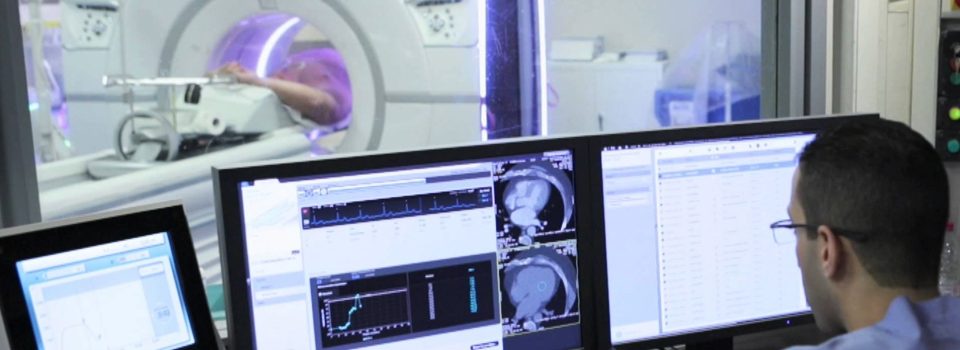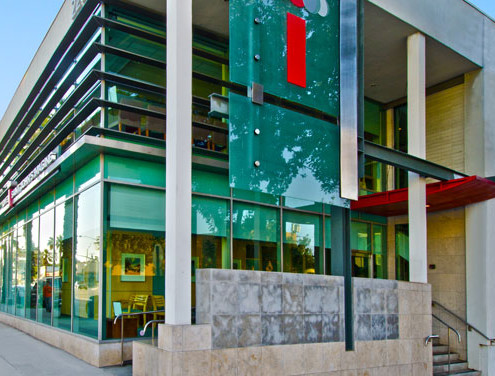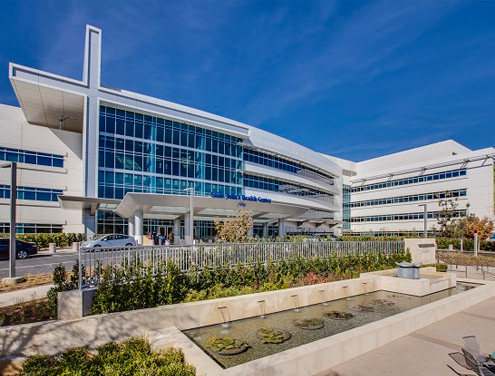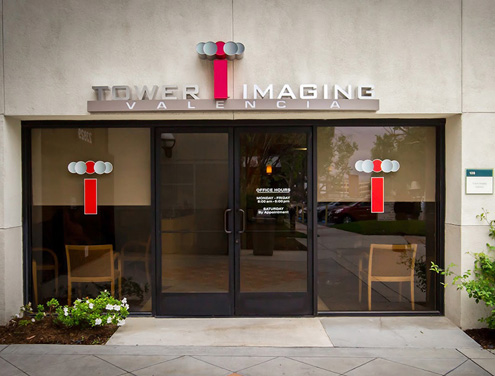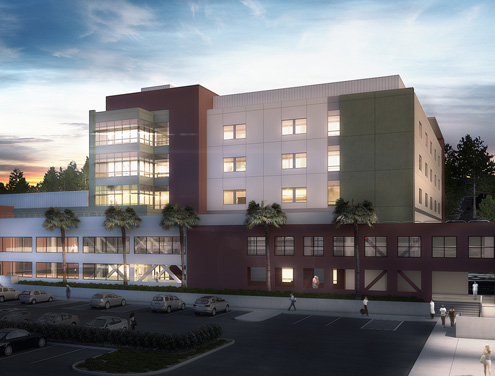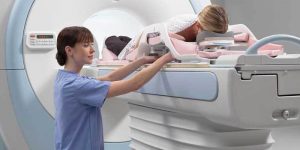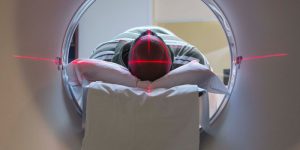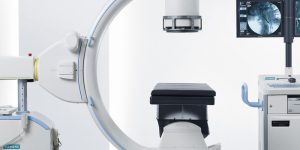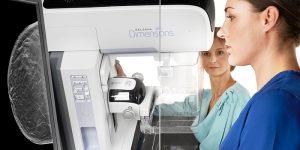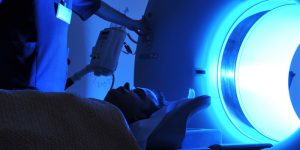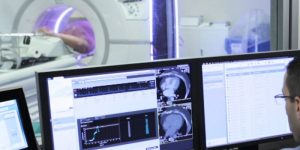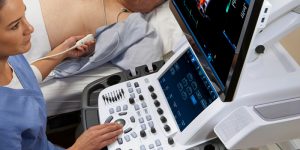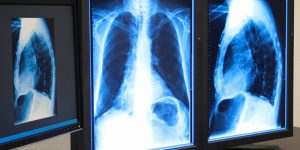The Fusion of Metabolic and Anatomic Information
With PET/CT, a sophisticated combination of Positron Emission Tomography and Computed Tomography, Tower Imaging Medical Group is able to identify and localize cancer faster than ever before. This allows for a patient’s physician can more accurately make a diagnosis, predict likely outcomes of various therapeutic alternatives and allows for better choices of treatments and monitoring of a patient’s progress.
Defining PET/CT
PET/CT combines functional information from a positron emission tomography (PET) exam with the anatomical information from a computed tomography (CT) exam into one single exam. A PET scan detects changes in cellular function – how a patient’s cells are utilizing nutrients like sugar and oxygen. Since these functional changes take place before physical changes occur, PET can provide information that enables a physician to make an early diagnosis.
A CT scan uses a combination of x-rays and computers to give the radiologist a non-invasive way to see inside the body. One advantage of CT is its ability to rapidly acquire two-dimensional pictures of the anatomy. Using a computer these 2-D images can be presented in 3-D for an in-depth clinical evaluation. The PET exam pinpoints metabolic activity in cells and the CT exam provides an anatomical reference. When these two scans are fused together, a physician can view metabolic changes in the proper anatomical context of a patient’s body.
The PET/CT Procedure
Before the PET/CT scan begins, you will receive a radiopharmaceutical injection that acts as a radioactive tracer and highlights parts of the body that have a higher metabolic function than other – such as cancer cells. PET radiopharmaceuticals lose their radioactivity very quickly (between 2 minutes to 2 hours) and only very small amounts are injected. In all cases, little or no radioactivity will remain in your body 10 minutes to 6 hours after injection. For most PET/CT studies, you will have to wait for the radiopharmaceutical to distribute itself – typically 30 minutes to an hour. During this time you will be asked to relax in a comfortable chair.
During a PET/CT you will lie on the scanner table and it will move slowly through the bore of the scanner as it acquires the information needed to generate diagnostic images. You will be asked to lie very still during the scan because movement can interfere with the results. For the CT scan portion of the exam you will be asked to hold your breath for a few seconds to minimize body movements. You might hear a humming noise during the scan, but you will not feel anything unusual. A technologist will be in contact with you during the entire scan.
The actual scan time for a PET/CT scan should last between 30 and 45 minutes but can vary depending on what we are looking for and what we discover along the way. Including the time needed for injection of the radiopharmaceutical, patients should plan to spend two to three hours with us.
Following a PET/CT
Once the PET/CT exam is complete, you may resume normal activity. Drinking lots of fluids soon after the exam will help remove any of the radiopharmaceutical that may still be in your system. One of our Radiologists will interpret the exam and report the findings to your physician. Your physician will contact you to discuss the results of your exam.

